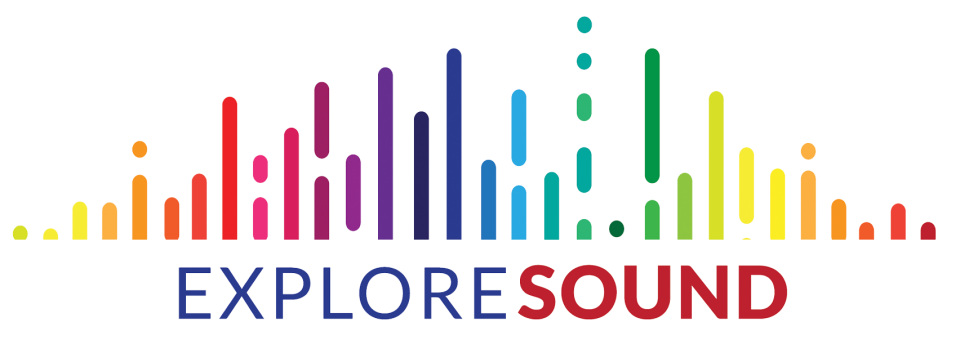This lab was developed by Trish Loeblein using LabPro, however since LabPro has been discontinued, we are beta testing this lesson with the Virtual Oscillator.
Students investigate and interpret visual representations of sound.
Science Topics
Parts of a Wave
Process Skills
Scientific inquiry
Observing
Data Collection
Grade Level
6-12
Preparation
None
Set-Up
5-10 minutes
Activity
45 minutes*
Clean-Up
5 minutes
* If you are doing this with middle school students, you may need more time.
Learning Goals
Students will be able to:
- Determine the frequency, period, and wavelength of a sound wave.
Materials in Kit
Straw Instruments
Tuning Forks
Materials not in Kit
Computers w/Google Chrome
Internet access
Microphone*
Printer
* You only need an external microphone if the computer does NOT have one built in.
Introduce the Activity
Tell you students that they will be analyzing different sounds, included their own voices.
Doing the Activity
Demonstrate how to use the virtual oscilloscope: https://academo.org/demos/virtual-oscilloscope/
- Say the sound “oooo” into the microphone.
- Click the “freeze live input” box
- Print the page.
- Pass out the lab worksheet. Students will work in groups of 3 or 4.
Key Lesson Terminology
Frequency – Wiggles per second (moves back and forth)
Amplitude – For transverse waves, it is the maximum height of the wave. Larger amplitudes create louder sounds.
Period – The time it takes for one wave to go by.
Wavelength – The distance between two successive, identical parts of the wave. Ex. Crest to crest, or trough to trough.
Optional Extensions
Have students compare different vowels or consonant sounds.

